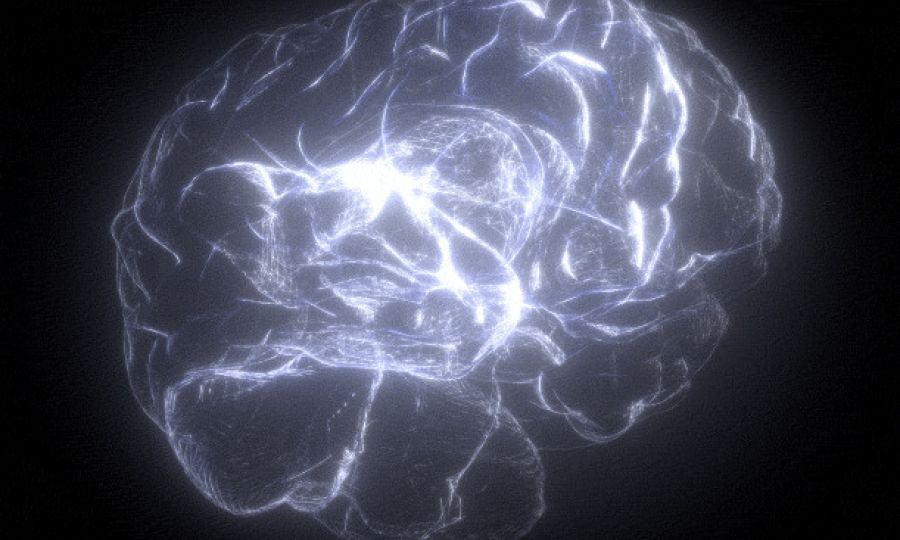Mind Reading

What if the workplace could “read” your mind? If it knew when to give you complete silence for focus and when to activate your senses to spark creativity?
In a world where attention is now a rare commodity and fatigue feels like the norm, workplace design is entering a new era. Companies are investing not only in ergonomics and flexibility, but in something much more subtle: the way space affects the human mind.
It is no longer enough for a space to be “beautiful.” It must be intelligent. It must “read” the worker’s need and adapt. To go quiet when concentration is required. To come alive when creativity is needed. This is where the idea of sensory isolation and enrichment zones is born — an approach inspired by neuroscience and already implemented by the boldest workplace architects.
The theory is simple yet powerful. The human brain performs best when it’s in the “sweet spot” of stimulation — not too quiet, not too intense. The so-called Yerkes-Dodson curve, which describes this relationship between stimuli and performance, is now a key tool for those who design with function at the core, not just aesthetics.

Within this context, isolation zones act like mental sanctuaries. Calm spaces with soft lighting, neutral textures, free of visual “noise” or auditory distractions. Not for rest, but for deep focus. This is where difficult texts are written, complex decisions made, strategies built. They don’t look like meeting rooms or video call booths. They feel more like… a library. Or better yet: a room that knows how to stay quiet.
On the other hand, there are moments when what’s needed is not calm, but stimulation. That’s precisely why enrichment zones were created: to activate the senses when creativity needs a boost. Wall projections, dynamic lighting, unexpected colors, artistic interventions. A space that doesn’t let you think the same old way. It changes the setting. And therefore, changes your thinking.
In research centers like MIT, such approaches have been studied with impressive results. The Mediated Atmospheres project showed that employees in environments inspired by natural or social scenes — like a forest or a café — demonstrated improved focus and faster mental recovery. The space acted as an ally. Not as a backdrop.
It’s worth noting that these zones don’t require major renovations or high costs. They can be small corners within a broader open space. A booth with proper lighting. A room with adjustable elements. It’s not the square meters that matter. It’s the intent and precision of the design.
Architects who adopt this mindset aren’t just designing for today’s functionality. They’re creating environments that respect the mental and emotional rhythm of the user. They show their clients that caring about performance isn’t just about KPIs. It’s about space.
And ultimately, that’s the greatest competitive advantage. A space that isn’t just beautiful or technologically advanced — but human, adaptive, and emotionally intelligent.
At inmind, we believe that design should not “shout.” It should understand. That’s why we incorporate such solutions into the spaces we design. Because when space works for people, people work better.
inmind
Redefining Workspaces
Sources
- Yerkes, R. M., & Dodson, J. D. (1908). The relation of strength of stimulus to rapidity of habit-formation. Journal of Comparative Neurology and Psychology, 18(5), 459–482.
- Zhao, J. (2021). Where is remote work happening? MIT Urban Mobility Lab. Retrieved from https://mobility.mit.edu
- MIT Media Lab. (2019). Mediated Atmospheres: Environments that Adapt to You. Retrieved from https://news.mit.edu
- Taylor, R. P., Spehar, B., Van Donkelaar, P., & Hagerhall, C. M. (2011). Perceptual and physiological responses to Jackson Pollock’s fractals. Frontiers in Human Neuroscience, 5, 60.
- Work Design Magazine. (2022). Designing for Focus in Hybrid Workspaces. Retrieved from https://www.workdesign.com
- Deterding, S., Dixon, D., Khaled, R., & Nacke, L. (2011). From game design elements to gamefulness: defining gamification. Proceedings of the 15th International Academic MindTrek Conference.